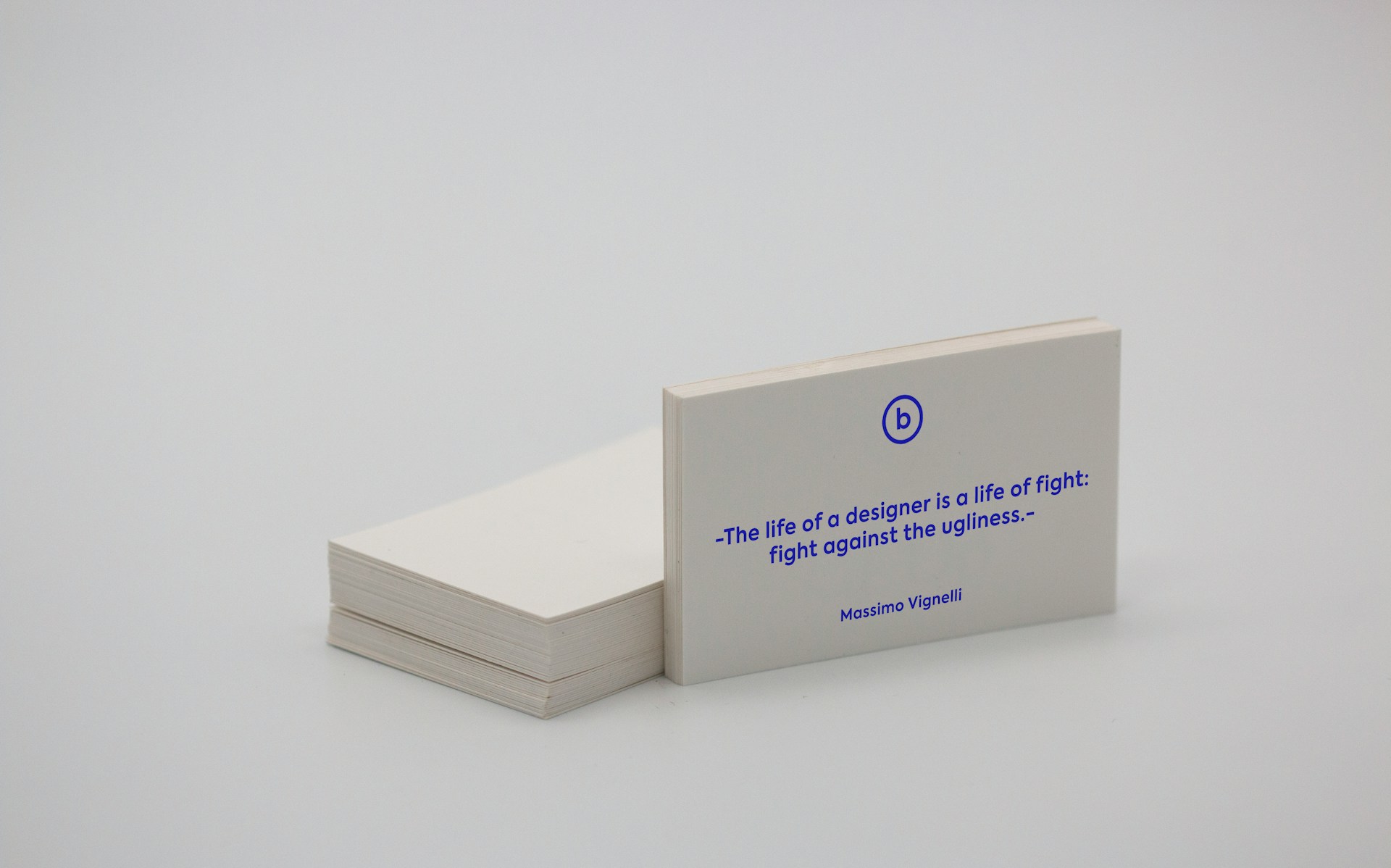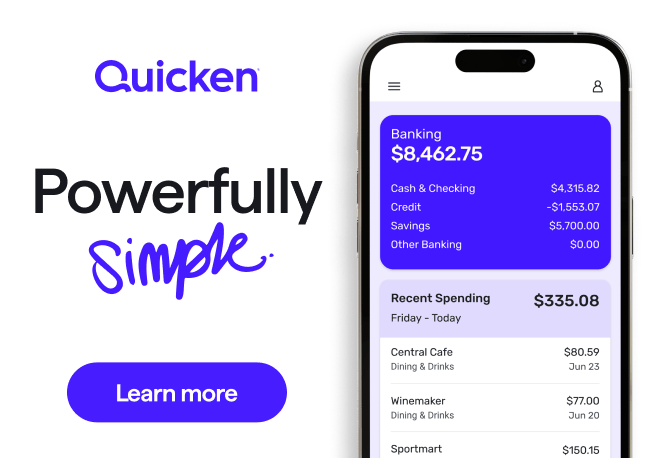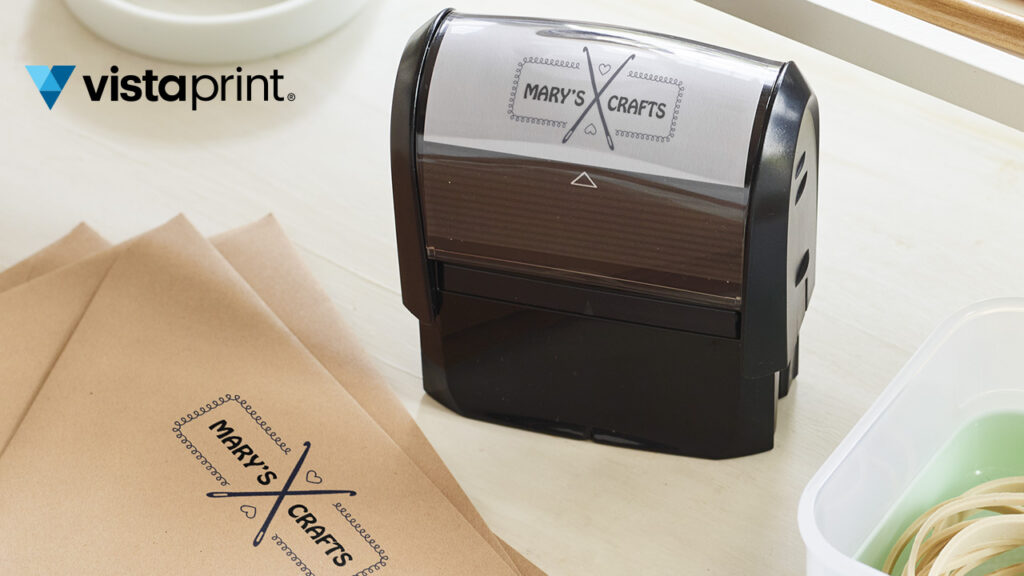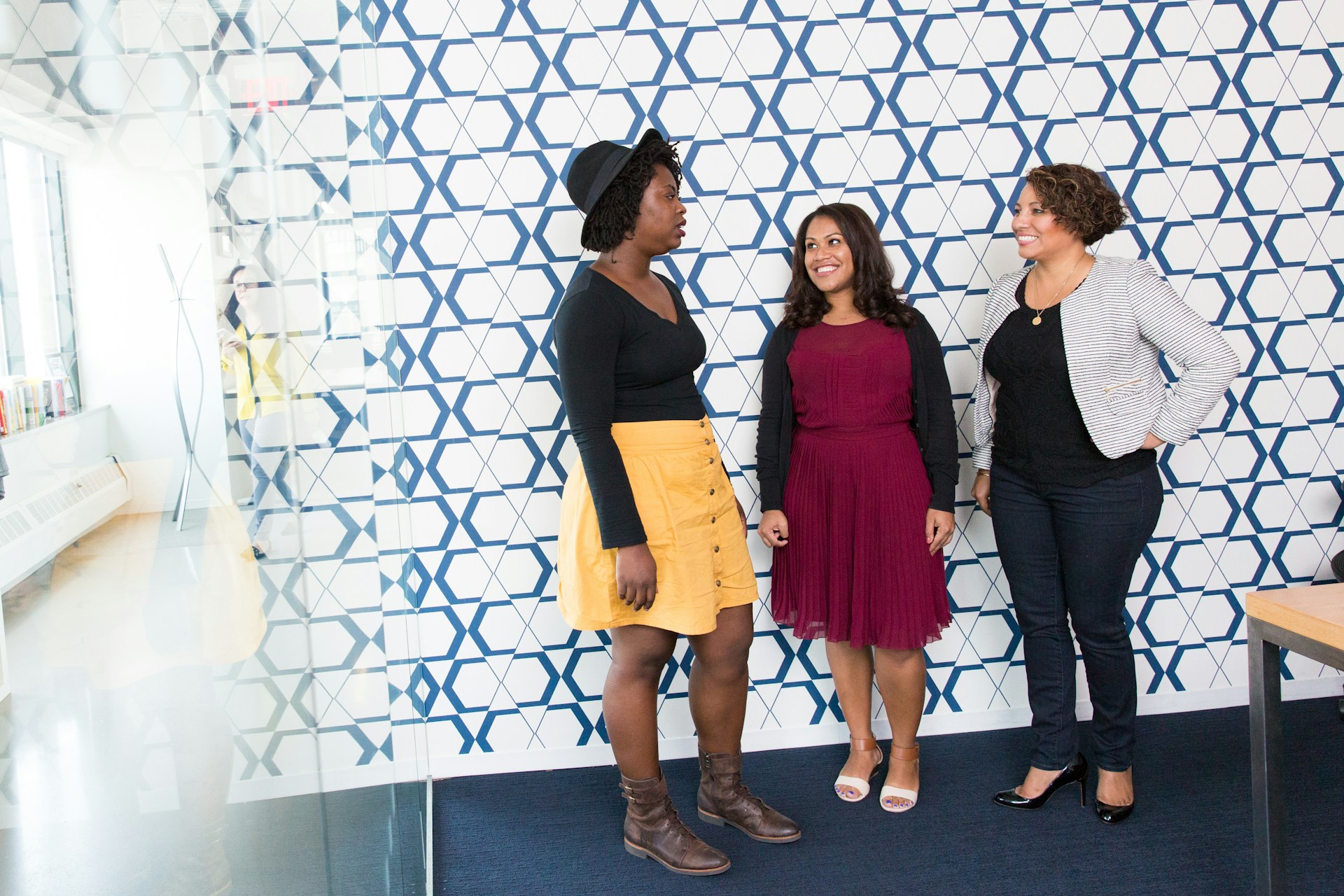Digital Vs. Traditional Business Cards
The history of business cards traces back to 17th-century Europe, where they began as trade cards for merchants.
These early versions were more than just contact information; they often included maps to guide customers to stores.
Over the centuries, the format evolved into a standard size, focusing on name and contact details, thus becoming an essential tool in professional and business etiquette worldwide.
The Rise Of Digital Business Cards
The rise of digital business cards marks a significant shift in how professionals share their contact information. This transformation is driven by the rapid advancement of technology and the increasing emphasis on sustainability and convenience.
Unlike their traditional counterparts, digital business cards offer a seamless, eco-friendly way to connect with others. With just a simple tap or scan, individuals can exchange a wealth of information far beyond the confines of name, title, and contact details typically found on paper cards.
This innovation not only facilitates the instant transfer of data but also allows for real-time updates and personalization, ensuring that the information remains current and reflective of one’s professional brand.
The adoption of digital business cards is further fueled by the global movement towards digitalization in all aspects of business operations, positioning them as a modern networking tool that aligns with contemporary professional practices.
The Importance Of Traditional Business Cards
Despite the digital surge, traditional business cards retain a significant place in professional interactions. Their importance lies in the tangible connection they facilitate.
In a world increasingly dominated by digital communication, the physical exchange of business cards can create a memorable impression, fostering a sense of personal connection and sincerity that digital formats struggle to replicate.
Traditional cards also excel in accessibility; they do not require internet connectivity or compatible technology for sharing or receiving information.
This universality ensures that professionals can exchange contact information seamlessly across different industries and age groups, without barriers related to technological proficiency or preferences.
Moreover, the design and texture of a traditional business card reflect an individual’s or company’s brand identity more tangibly than digital counterparts, offering an immediate sensory experience that can reinforce brand recall. In essence, traditional business cards remain an indispensable tool for networking and building professional relationships in a digitized world.
Target Audience Preferences
Understanding the generational divide is crucial when exploring the preferences between digital and traditional business cards.
Older generations, who have built careers on face-to-face networking, often favor traditional cards for their tactile nature and personal touch.
In contrast, younger professionals, especially those in tech-savvy industries, lean towards digital versions for their convenience and environmental benefits. This generational split not only highlights differing comfort levels with technology but also varying attitudes towards networking and data sharing.
Recognizing these preferences is essential for businesses aiming to effectively connect across age groups in today’s diverse professional landscape.
Thank you for reading this post, don't forget to subscribe to our newsletter!




